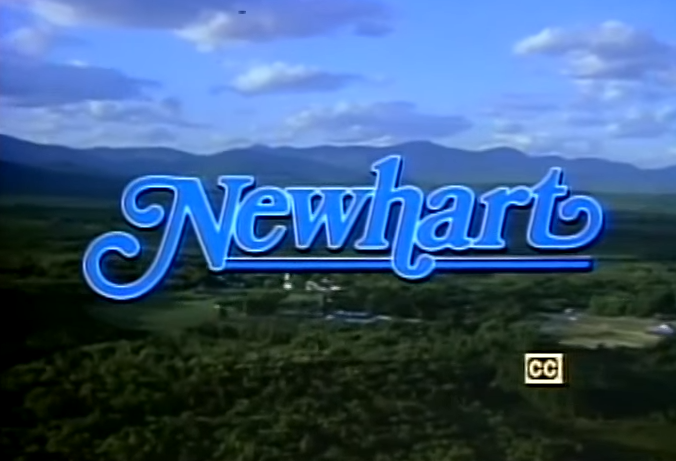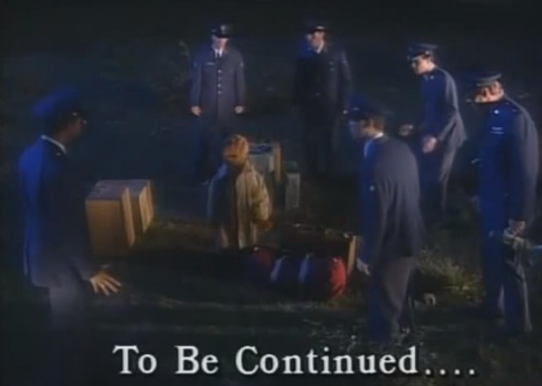Joshuaonline Presents
When television was just broadcast over the air TV (and free, we've been swindled) local stations and networks tried to appeal to as many mass audiences as they could, because, especially on commercial television the viewer is the product and the ad buyer is the costumer and would like to make sure they are buying right. Cable comes around , and I mean cable in the sense of having new channels as pay only channels, there was new spaces for demographic targeted channels.
Children had spaces on broadcast TV, the main 3 networks would give them Saturday Morning, CBS also did weekday Mornings until the 80's with Captain Kangaroo. If you lived in a market that had more stations; mostly independent (non network affiliated stations) then you would have some weekday morning and/or afternoon programming; maybe even a local kids' show. (WGN had Bozo) and maybe Sunday (for the non God-fearing families). That was it, until cable and some guys thought up having a children's channel. Also PBS had children's programming in the non-commercial space.
Nickelodeon, as example since it's the first one, was focused on a child audience (at least during daytime hours) and could do more program hours toward kids than WGN or KTLA could. Even they still had limitations, they figured kids should not be watching TV at 11pm and had block for their parents to watch called Nick at Nite, but that's different than what was around before this revolution.
Nickelodeon even split demographic their audience: pre school aged kids get their own section. As the 1990's came around there was a lot of choice for children's television. For the purpose of this post, FOX Kid was running on the FOX network and later the company bought Pat Robertson's Family targeted channel called , uh Family Channel, and rebranded it as FOX Family (Channel).
FOX Family strived to do something like Nickelodeon, and what Family Channel kind of did before it, and that was focus on trying to get different audiences to watch their channel. Kids had daytime, families had evenings, and adults had later evening. (Though was more like a Nick to Nick at Nite switch and not a Cartoon Network to Adult Swim switch in program tone) . FOX had goals, back to them soon.
Now, back to talking about channels focused on demographics. In general, ESPN does skew male, that doesn't mean ladies don't watch it, it's just that it's more targeted to guys like most sports broadcasts have advertising that skews toward things someone thinks males like. Lifetime, the cable channel, used go by "Lifetime: Television for Women" it's purpose was to skew to a female audience, and even sparked competition with WE TV launching the name WE meant Women's Entertainment , which a bit direct, (Meanwhile, ME TV didn't mean Men's Entertainment) and there was Oxygen (because only women like to breath) which still kind of does skew towards women in their true crime programming, at least that's what their suits say. Later Spike TV shows up, and becomes the first network for men. (Named Spike!)
Gendered focused television wasn't new because of cable, it was around before. Networks did it, daytime television was targeted towards women because "Ladies are at home during the daytime being wives so... they might want see adverts for stuff wives need to buy" --some guy probably said this in 1950.
Now children's TV did have more gender neural in its thought, that's not say there wasn't some targeting towards different genders at anytime before the 80's, but the 80's really did bring a lot of that up. Thanks to many shows being based on toys, and toys getting a big gender bifurcation in the 80's (not to say there wasn't gendered toys before the 80's). There was "My Little Pony" marketed towards girls and "Transformers" marketed towards boys.
Nickelodeon, on the other hand, didn't buy into the toys= shows thing, they acquired and later made their own as well, children's programming they thought would be of value to children and just trying to sell by gender to their advertisers. You'll see that most of their shows were gender neutral in the sense that a boy could even watch "Clarssia Explains it All" and relate to something. That's not say the programs might have had more skew in audience by the audience watching, but that wasn't Nick's intentions.
This is were everything to comes together. FOX had a broadcast kids block and a family/children's cable channel. There was something coming along, then called "Digital Cable" This allowed for the concept of having more channels, having spinoff channels, having even more niche channels, and hoping that people would be willing to pay a little more to watch them. This exploded, and FOX wanted to get into the game too.
So. I've always wanted to write about these channels, but didn't know how, because unlike even Cable Music Channel which lasted a month, these channels really don't have much internet content of them floating around. I can only cobble together a few things, so that's why I'm trying this different styled post to see if maybe there's a way to do it.
More after the jump






